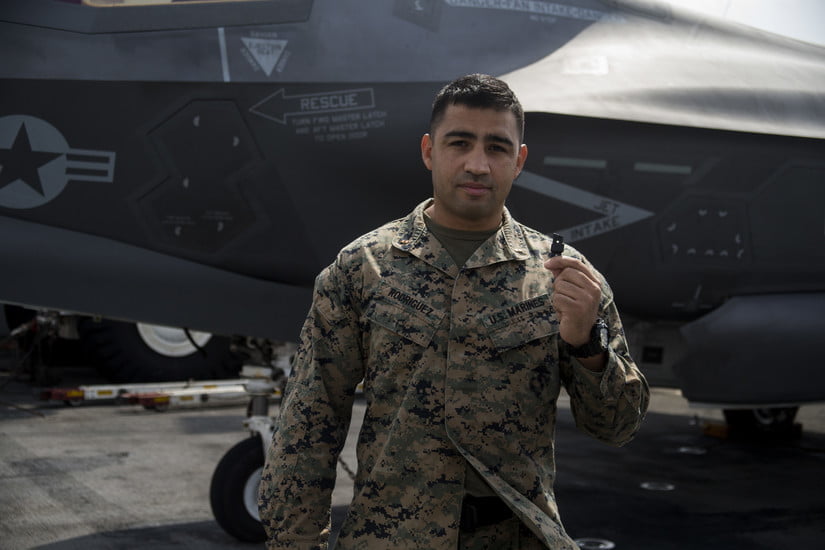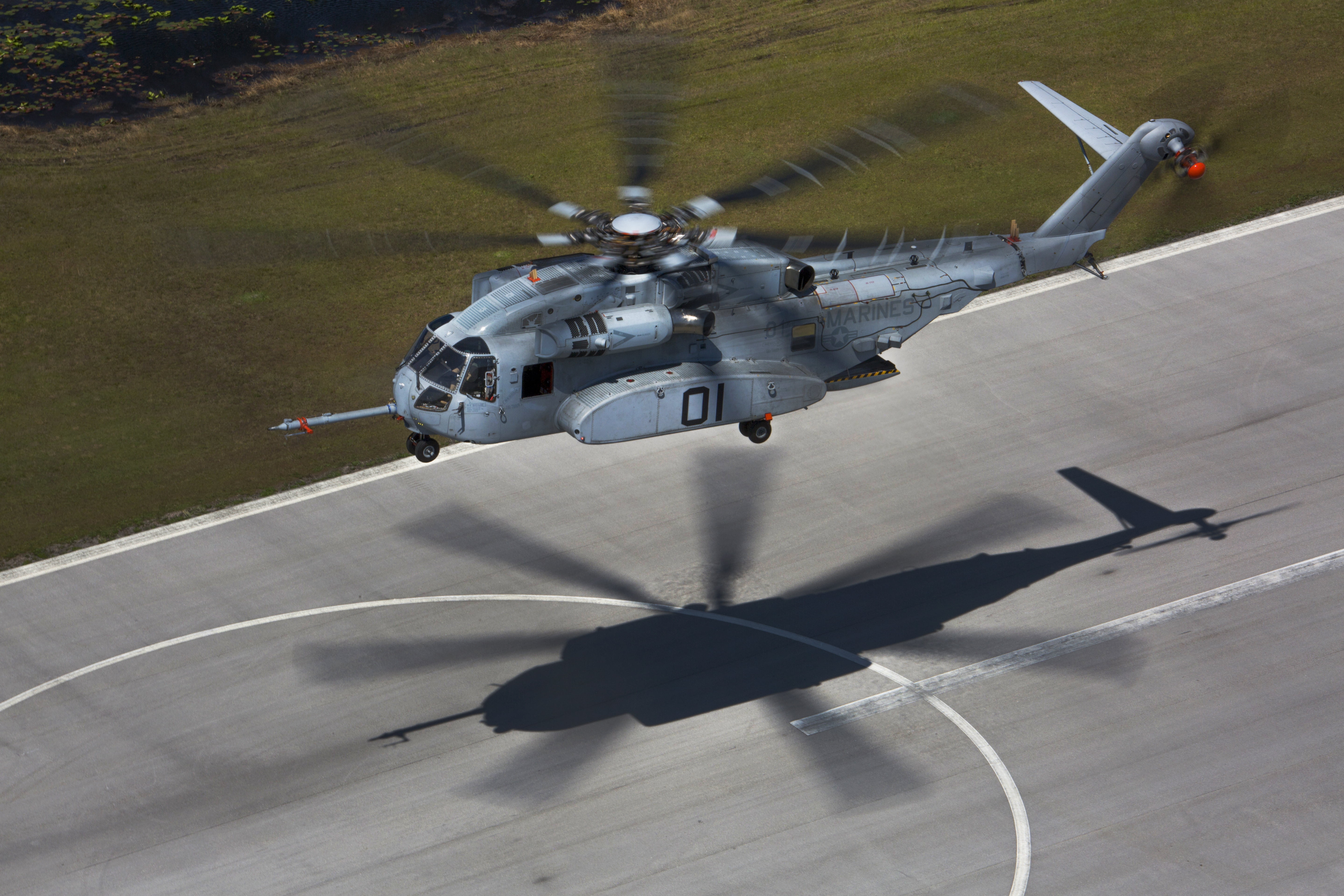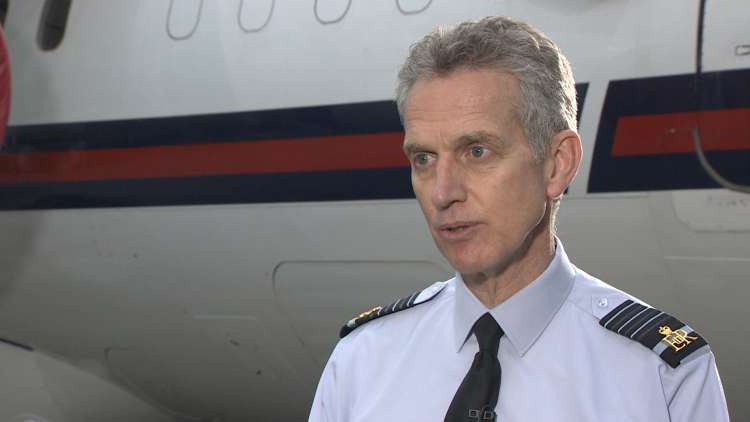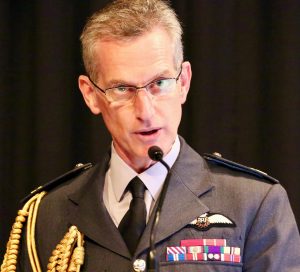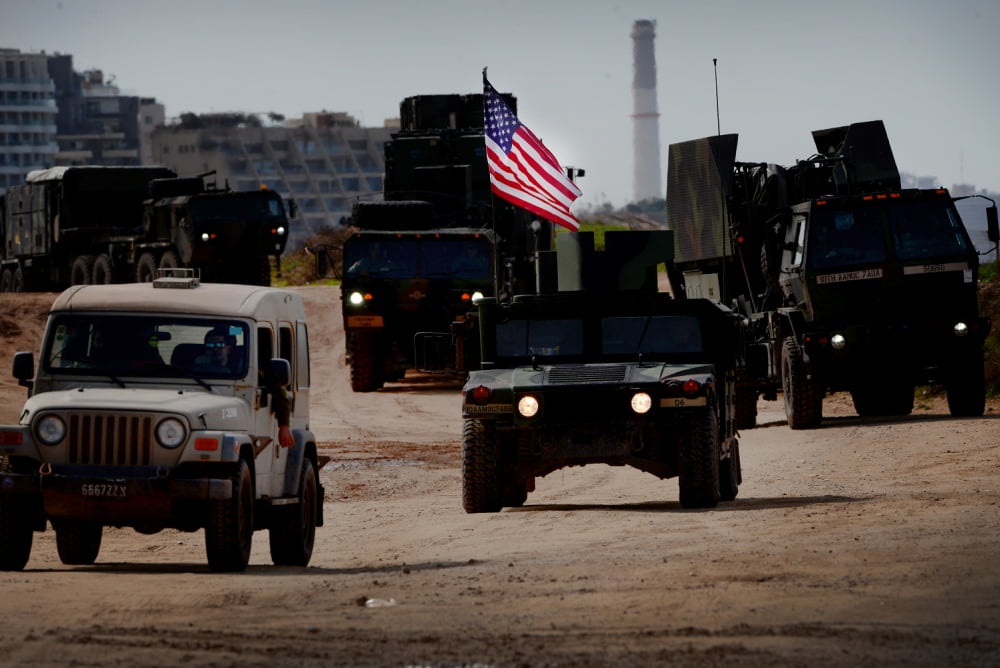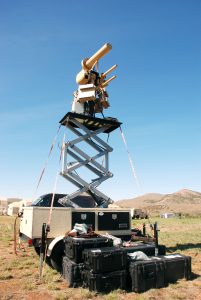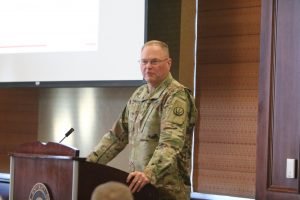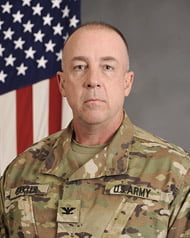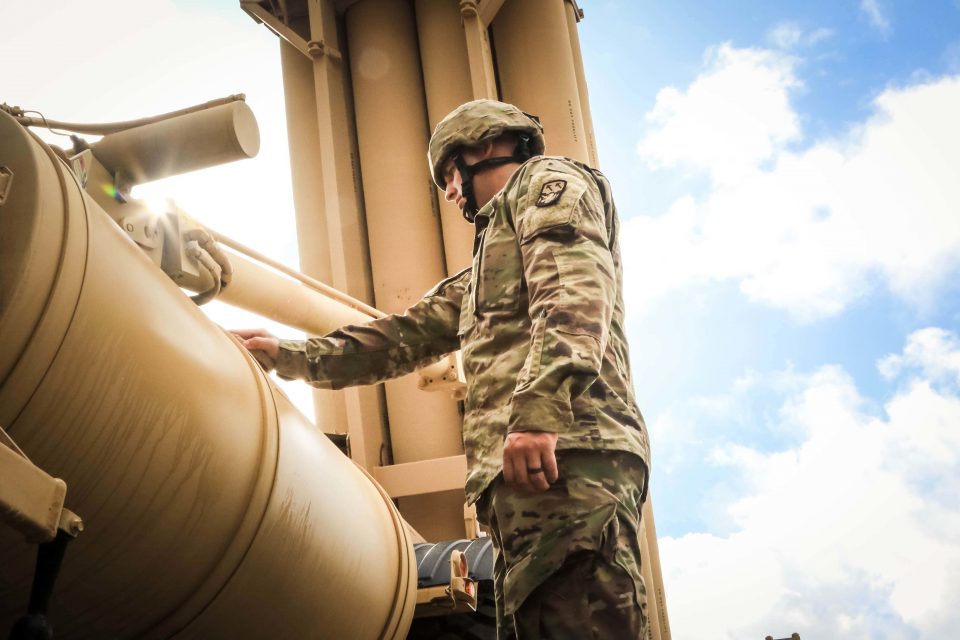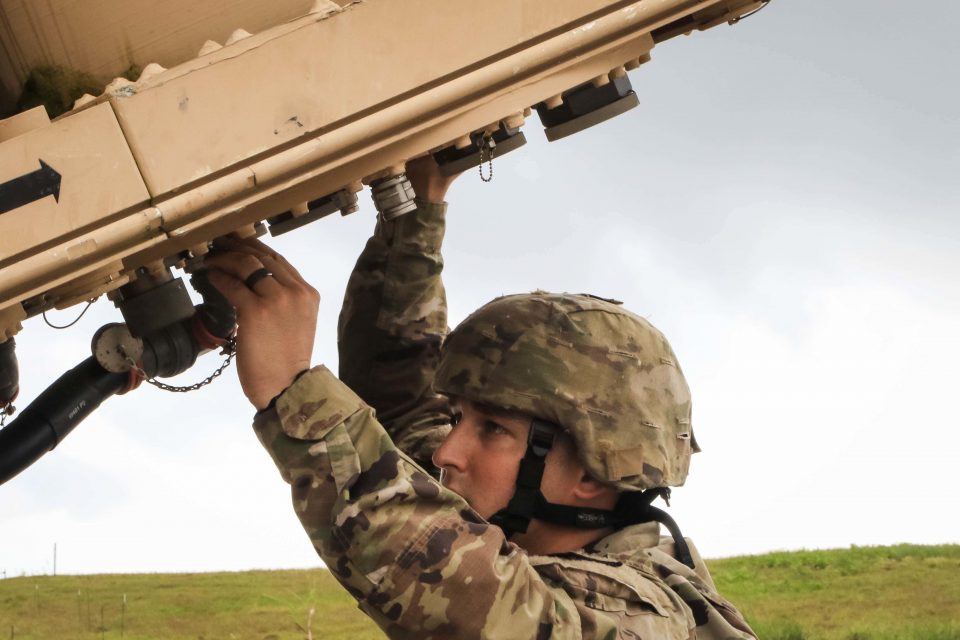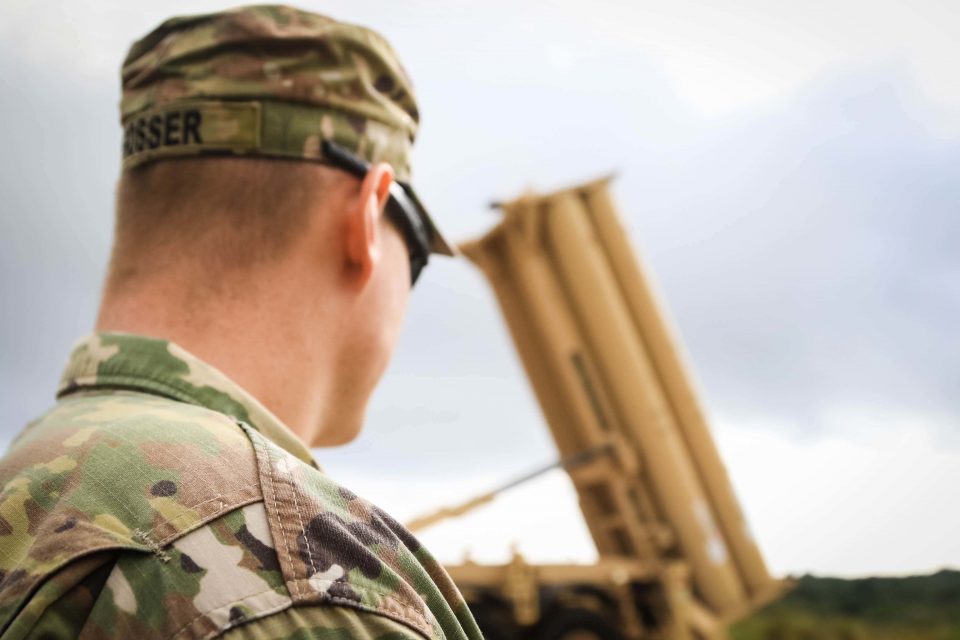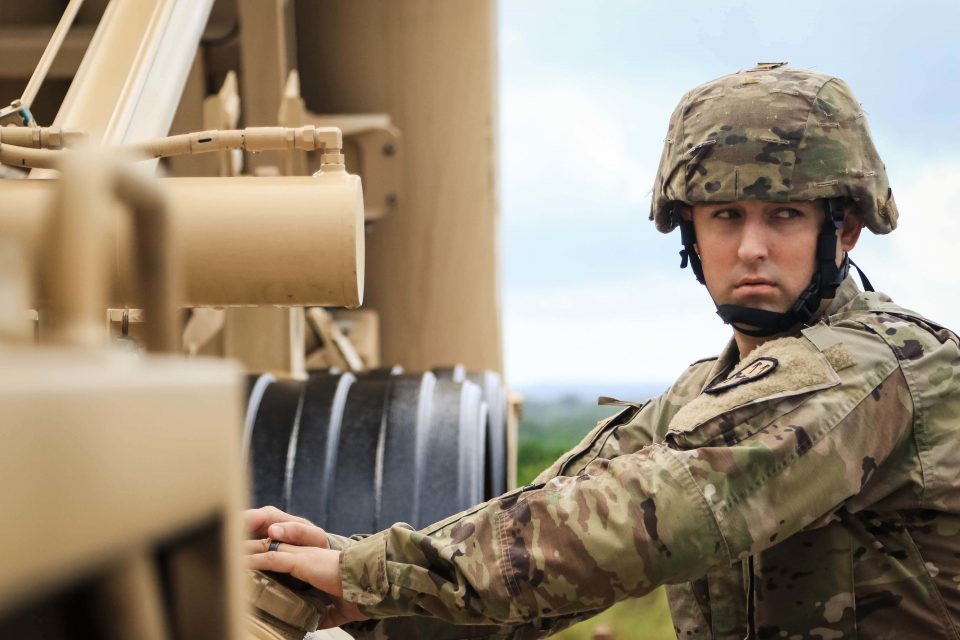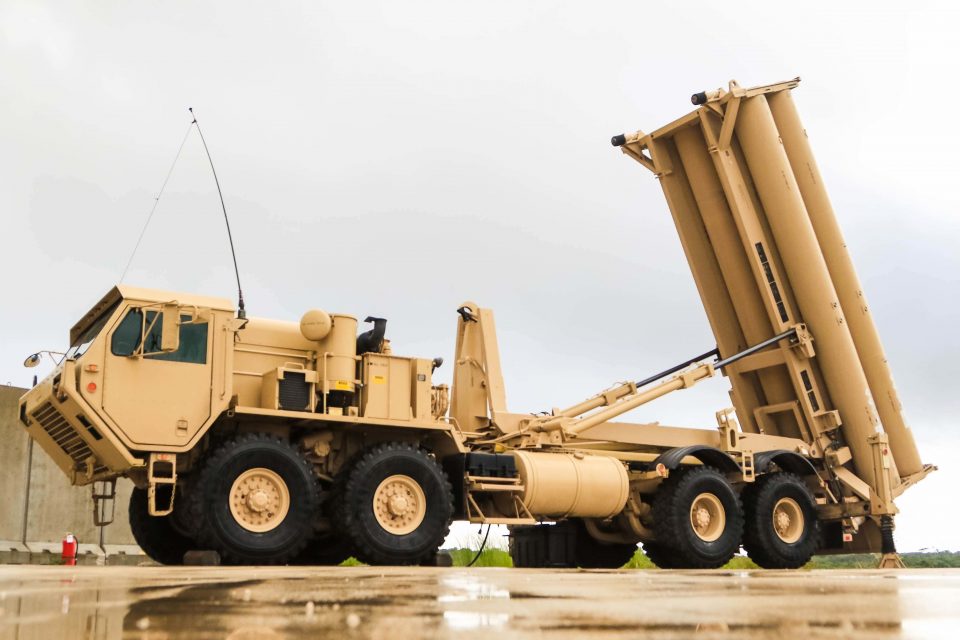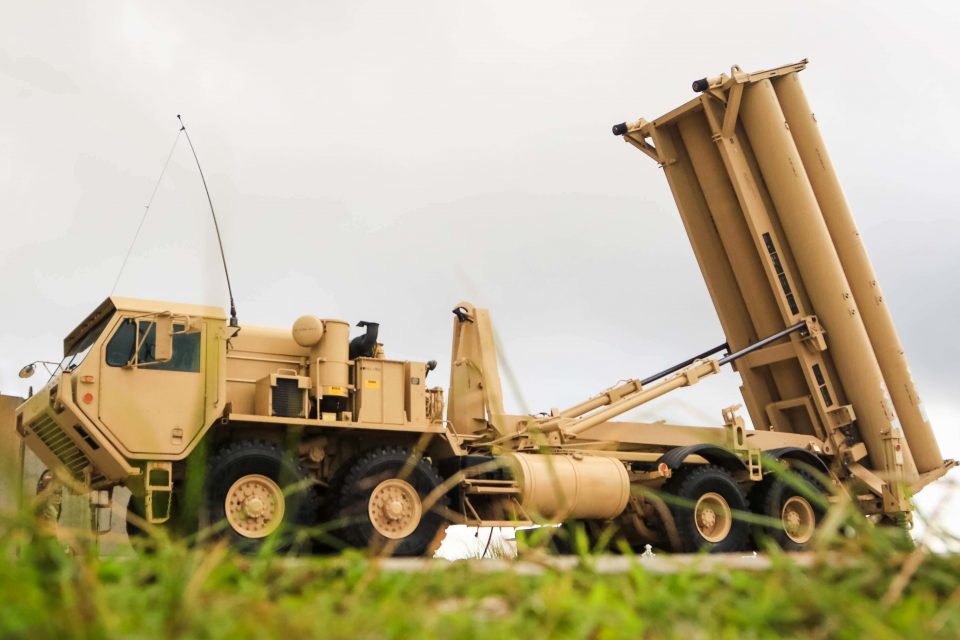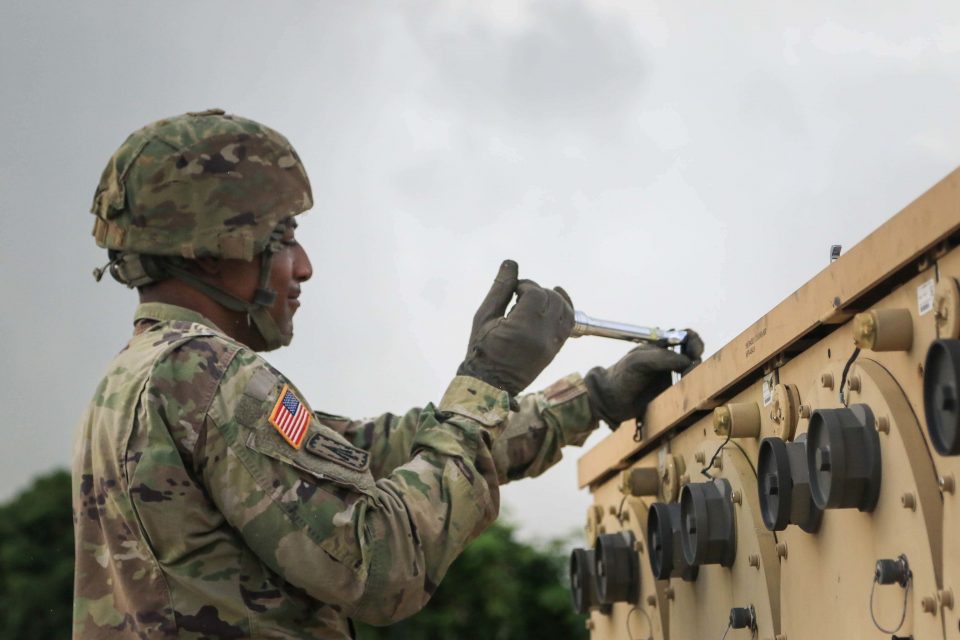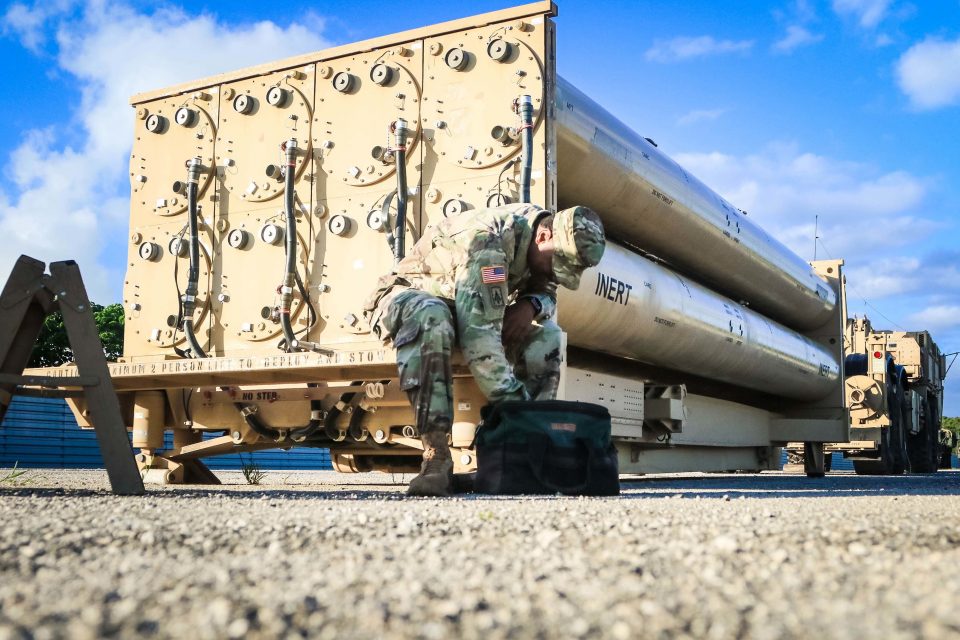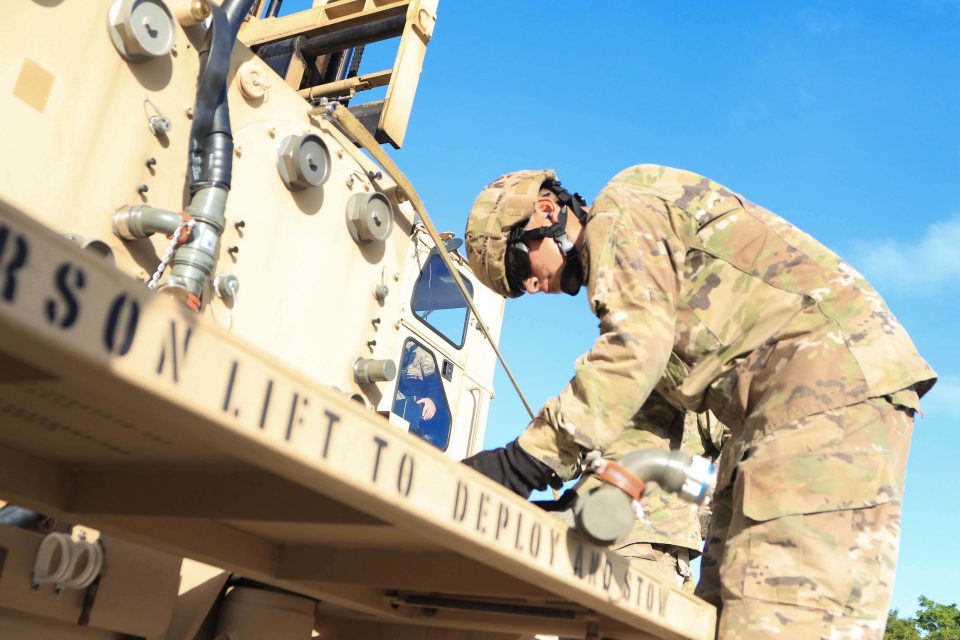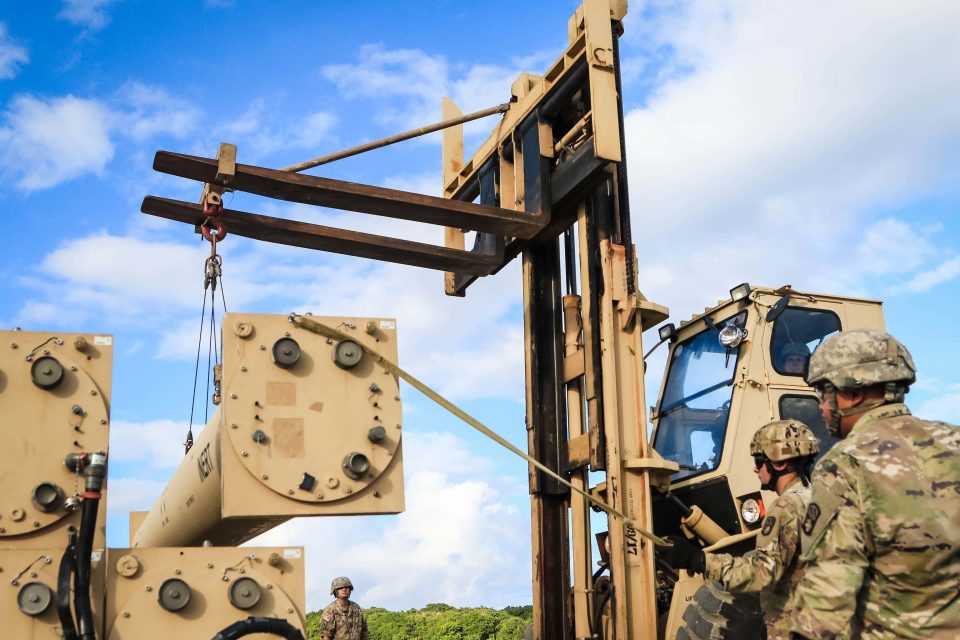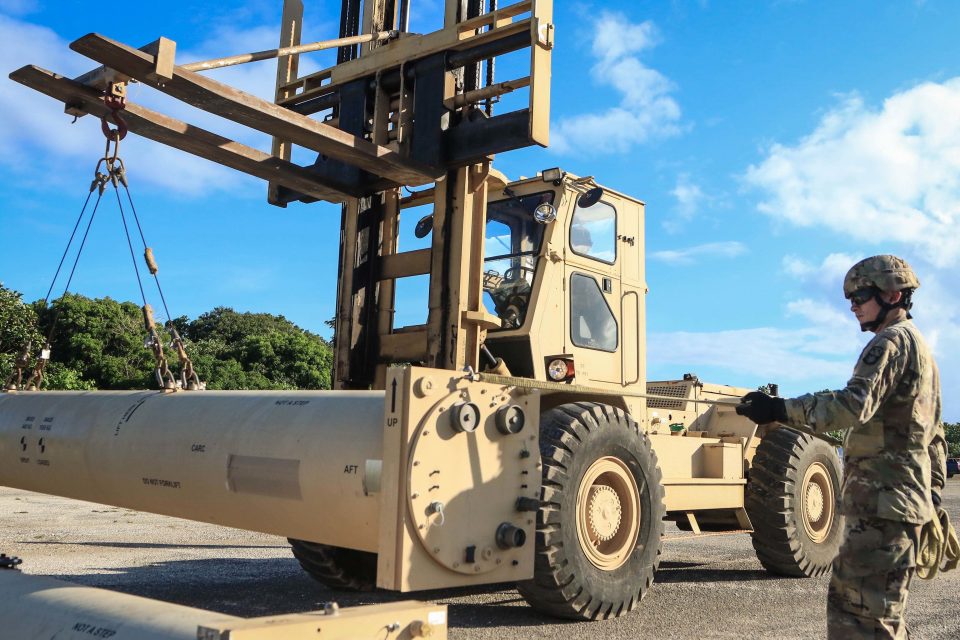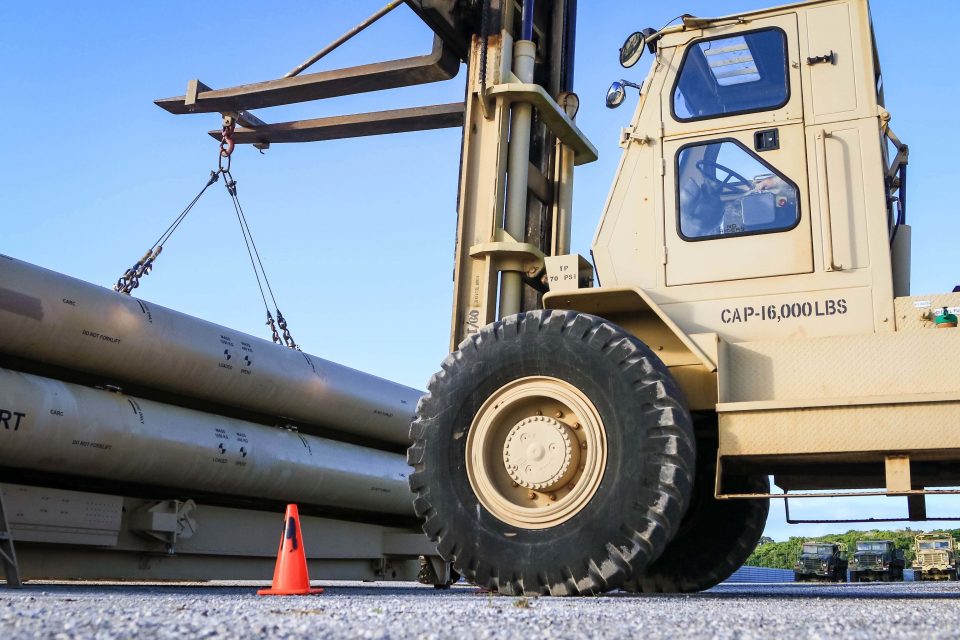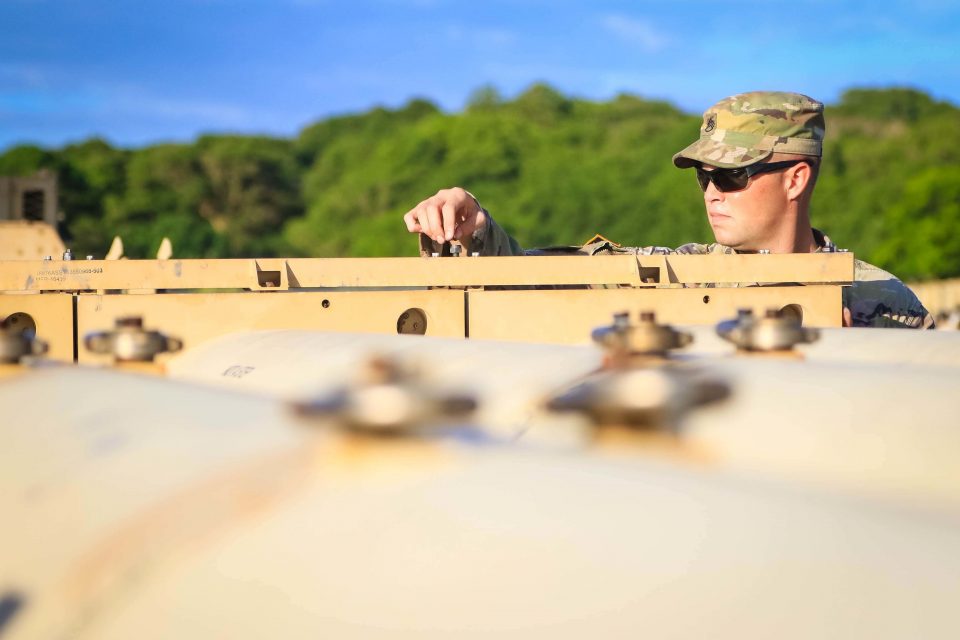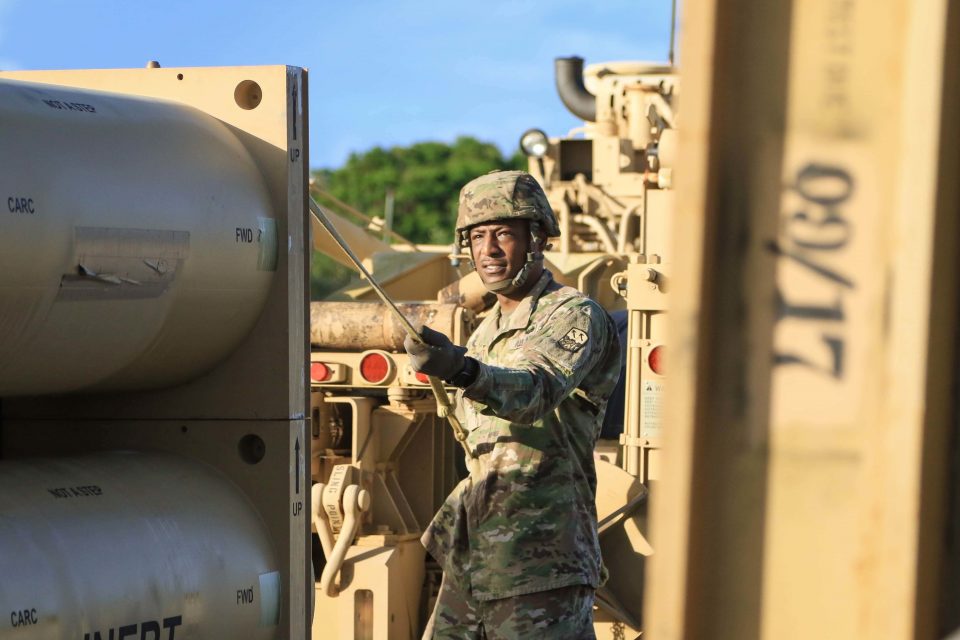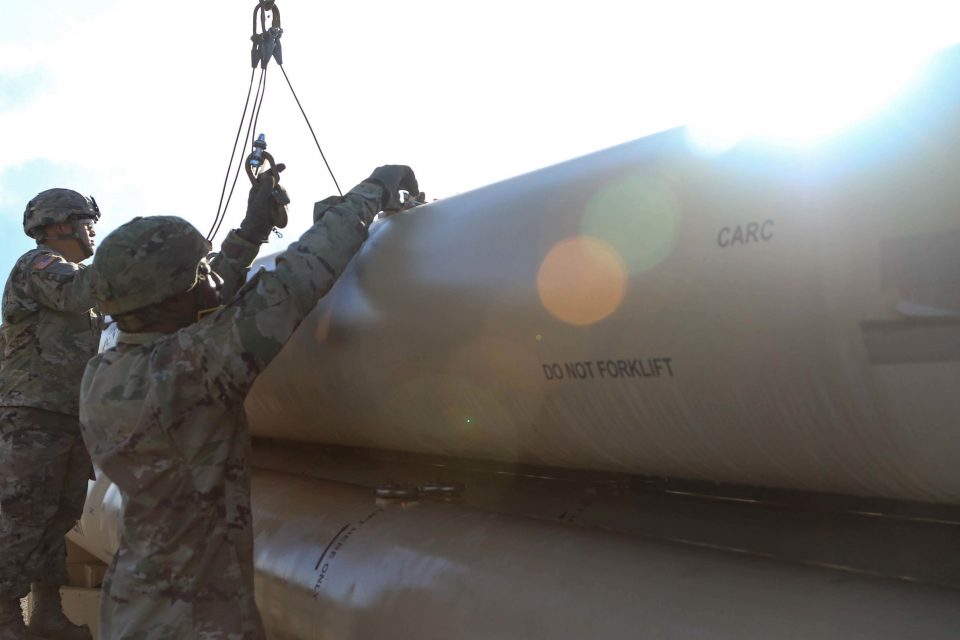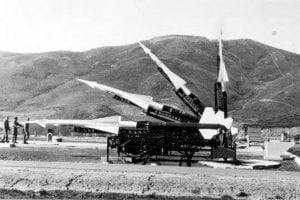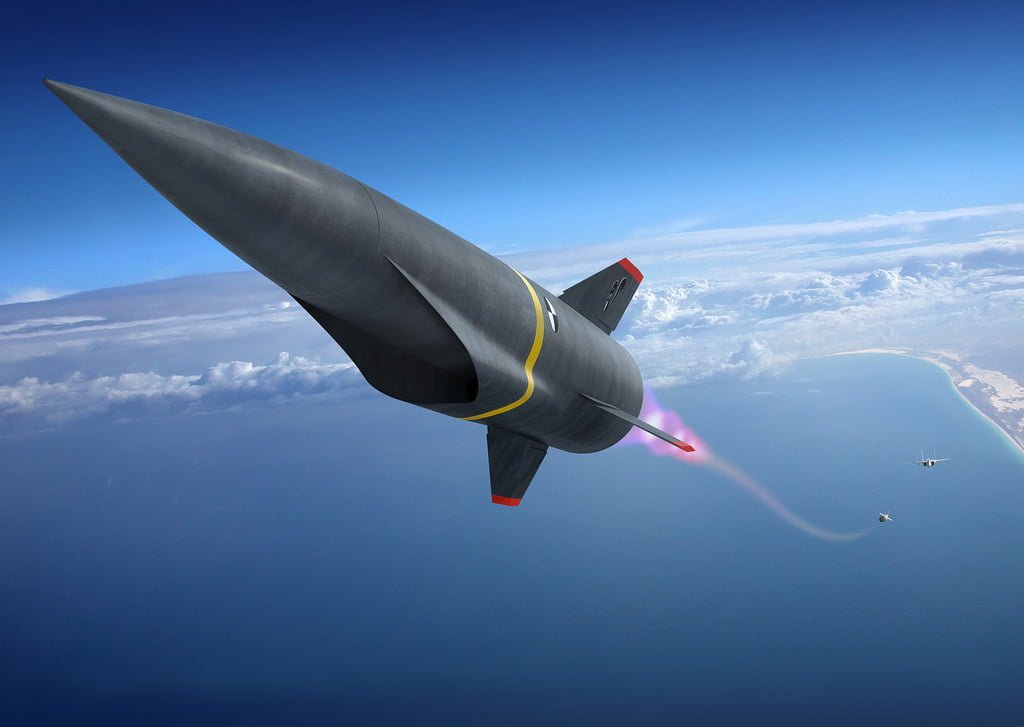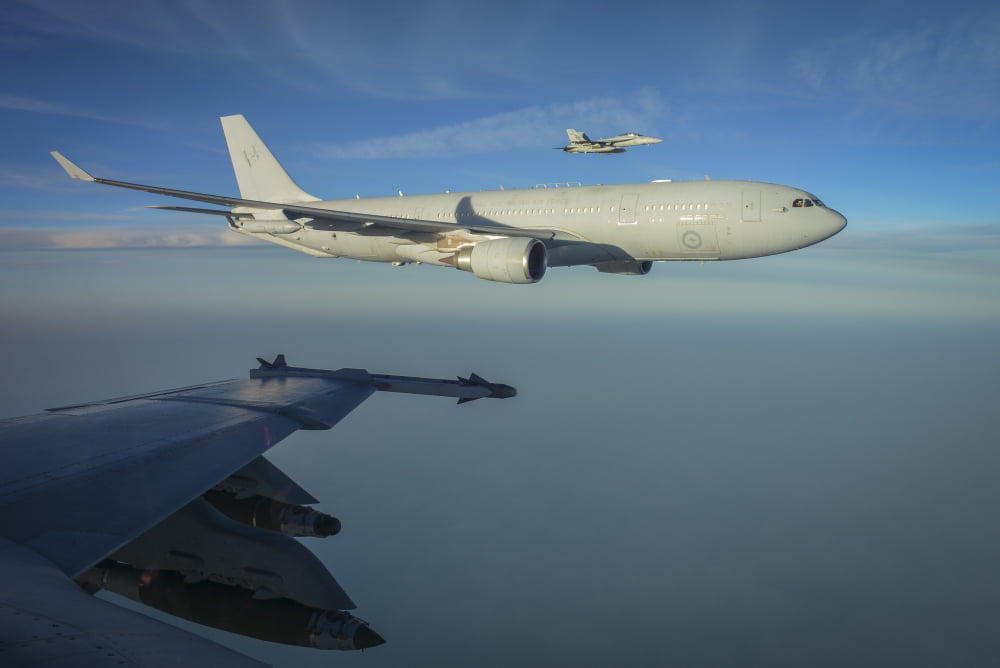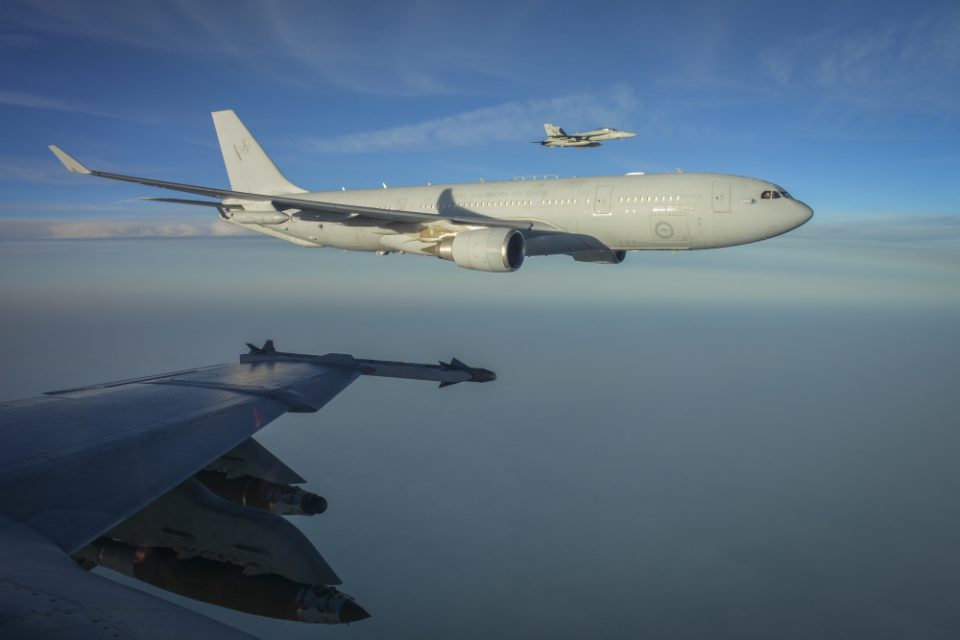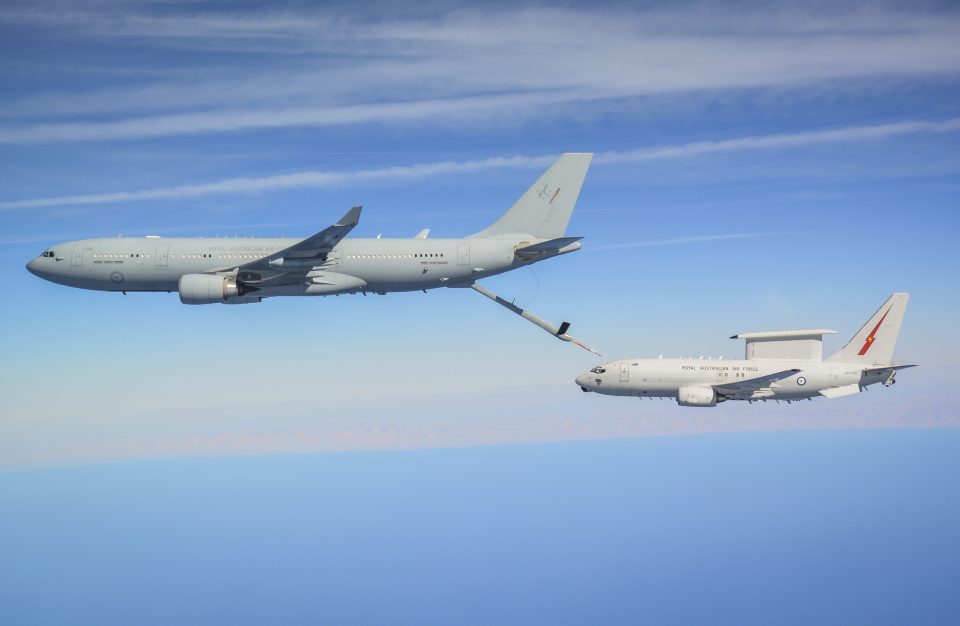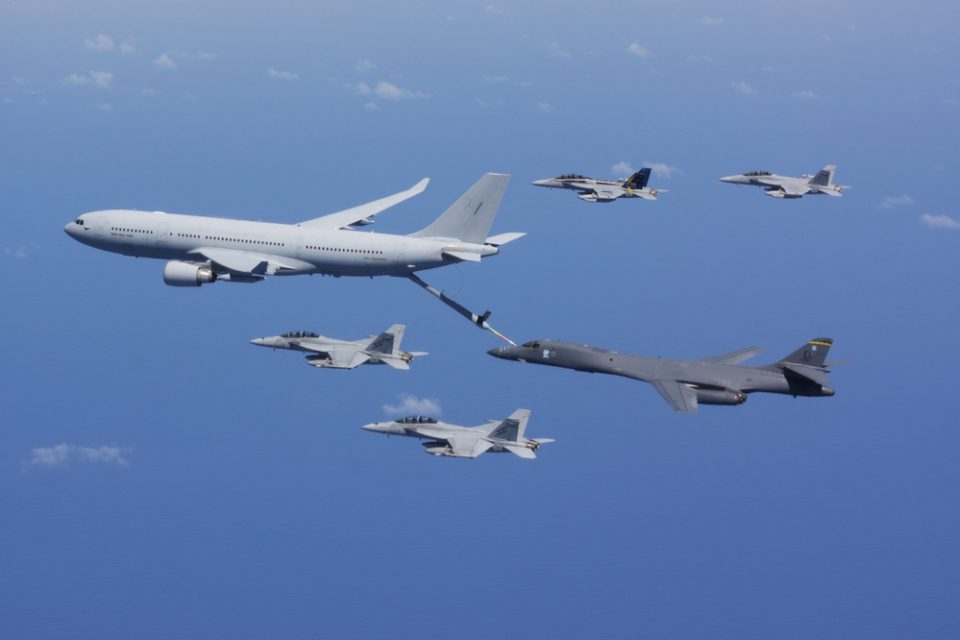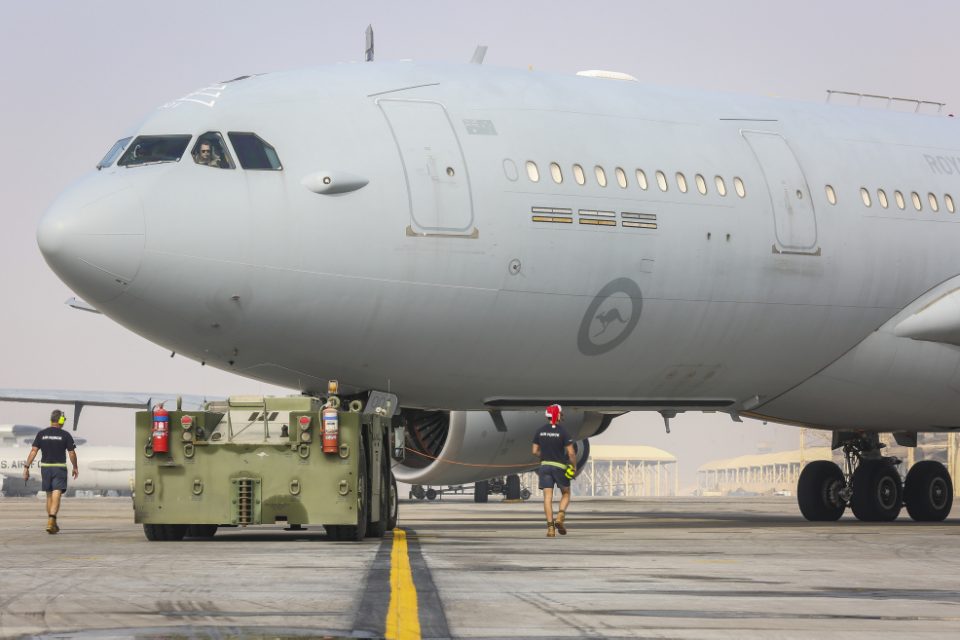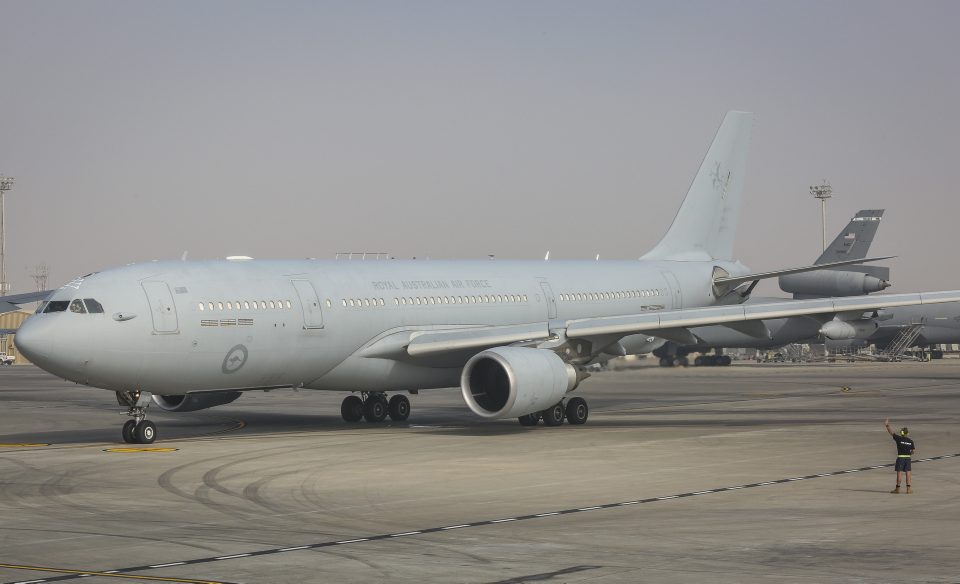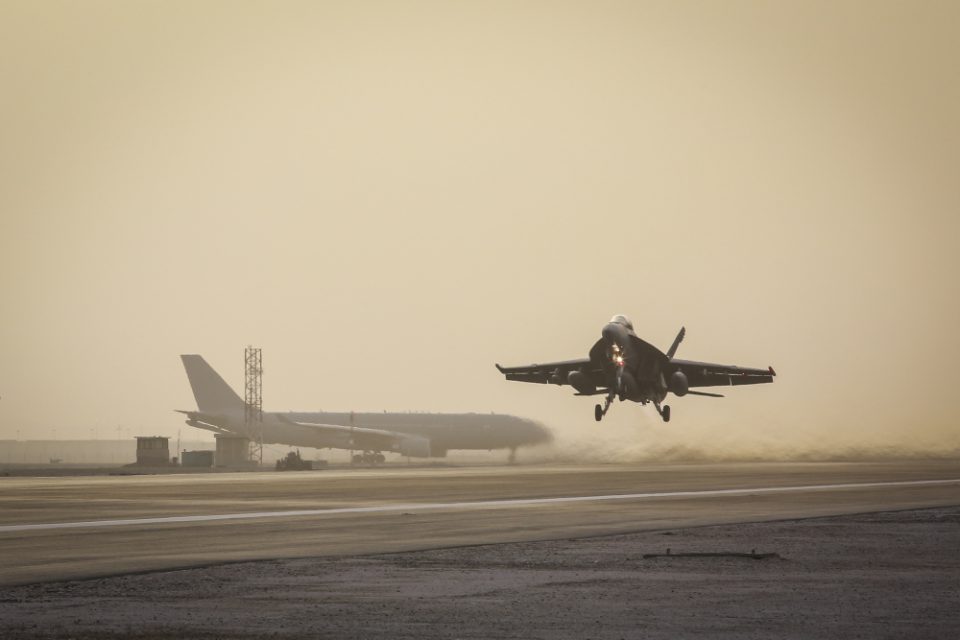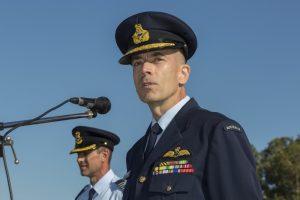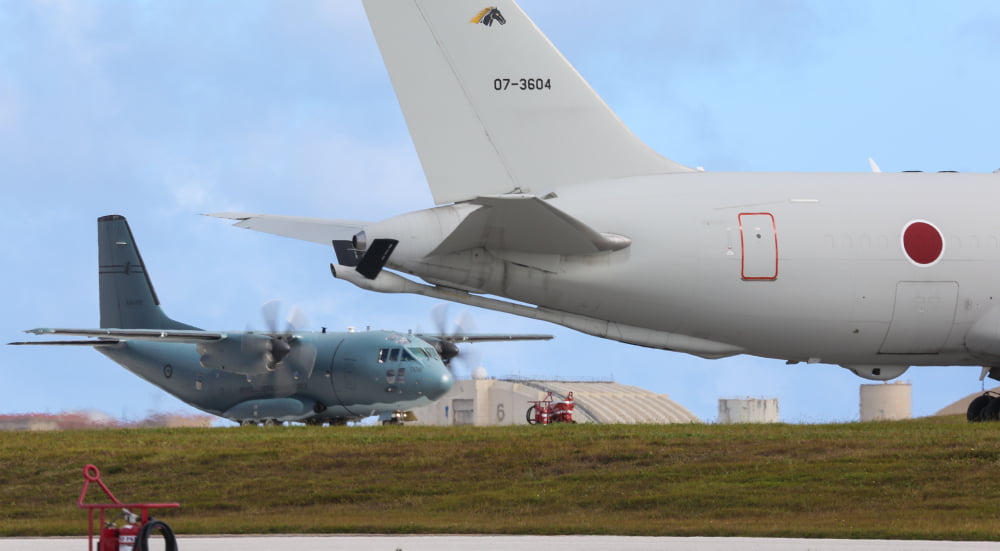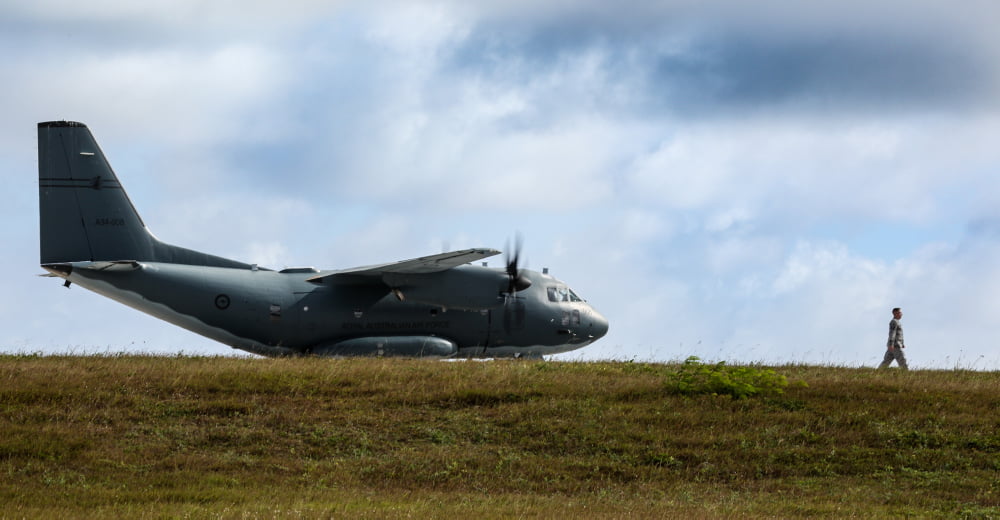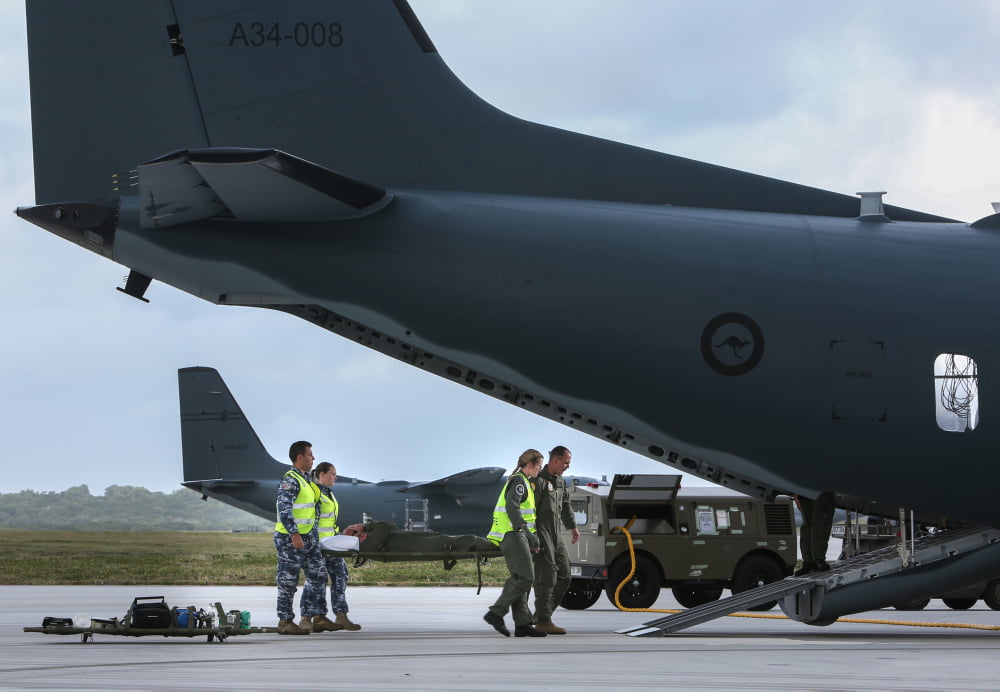By Robbin Laird and Ed Timperlake
We had a chance recently to visit Fort Sill and to experience first hand the efforts and thinking of Army innovators shaping a way ahead for Missile Defense.
With the Army’s focus on insertion of new capabilities as rapidly as possible and doing so in a way that lays an evolving foundation for further innovation, Fort Sill provides a key focal point for understanding the perspective of the Army’s silent service.
Just like the tactical and strategic mission of the USN Submarine fighting force, skilled and dedicated Army ADA combatants serve the nation every day and every minute both tactically and strategically. At Ft Sill we found dedicated Army soldiers preparing to go forth to stand their silent vigil on the ramparts in defense of all free people.
You only hear about them when there is a crisis but if they were not there the result would be catastrophic in a time of war
As one ADA officer put it during the visit with regard to the deployment of Ground Based Missile defense in Alaska: “It is a case of the 300 working to protect 300 million.”
Innovation is being pursued on several levels with regard to the Command at Fort Sill.
It starts from the core dynamic whereby Brigadier General Randy McIntire, 41st Commandant of the U.S. Army Air Defense Artillery School and as the Chief of Air Defense Artillery, is also working as the head of the Army’s Cross Functional Team (CFT) dedicated to air and missile defense.
This intersection of responsibilities provides a key opportunity for driving innovation.
The School is focused on training the ADA warriors; and the CFT is working to drive innovation and prototyping of technology forward in a timely manner.
For 21st century capabilities, having strategic direction but informed by bottom up experience, thinking and training is clearly a very commendable way ahead.
According to the US Army, the role of the CFTs is to “compress the timeline to modernize and procure new equipment by involving the end user, defining the requirements, integrating, prototyping and validating a concept prior to low-rate initial production”
The intersection of this mandate with the training going on at Fort Sill can drive innovation over all, in a core combat capability for not just the US Army but the joint combat forces around the globe.
A core area of strategic interest is ramping up as quickly as practical enhanced short-range missile defense for the maneuver force (SHORAD).
This effort can be viewed as a template for driving innovative change for Army and joint service commanders who will put the US Army OTM in combat -on the move-to engage any enemy.
Rather than debating endlessly which vehicle to put the new systems the “track” vs. “wheel” debate, the Army chose to proceed in rapid fielding to pick a variant of Stryker. By so doing, they are able to leverage existing logistics systems and deployment experiences.
As BG McIntire put it: “We will get the modified vehicle; and work with the evolution of the capabilities on top of the vehicle as we use it.”
This allows for both fielded technology and evolving con-ops to merge as the Army prepares to modernize with a future ground vehicle.
The European theater is viewed as the near term driver for the deployment of this new evolving SHORAD systems.
And here the Command is also driving significant change with regard to preparing those capabilities, with a significant focus on deployment of lasers, notably to deal with various threats from unmanned aerial vehicles.
In looking to the future the Army has also proven to be very innovative in fielding prototype Directed Energy (DE) systems.
Last year, experiments were held at which several contractors participated in working with the Army to shape DE laser capabilities.
And last year, the first US Army soldier destroyed a UAV with a ground-based laser.
A drone appears just below the horizon, its small frame camouflaged against the trees. Soldiers track the drone, lock on and, with the push of a button, a laser destroys the enemy aircraft.
Sounds like something from a galaxy far, far away, when in fact a Soldier, for the first time, shot down an unmanned aerial vehicle with a laser during the Maneuver Fires Integrated Experiment, April 3 through 13 at Fort Sill.
The shot was made by Spc. Brandon Sallaway, 2nd Battalion, 12th Field Artillery, part of 1st Brigade, 4th Infantry Division. Sallaway, a forward observer, came from Fort Carson to help experiment on the Mobile Expeditionary High Energy Laser (MEHEL) which is a 5-kilowatt laser mounted on a Stryker armored vehicle. Sallaway had no prior experience with the equipment and was trained on how to use the MEHEL once he arrived at Fort Sill.
Additionally, we found that the allied dimension is present and seen as crucial to the command. We learned that working with allies on SHORAD in Europe has now been seen as essential to the US Army in Europe.
Indeed, we were told that contributions from core allies, notably from the newest members of NATO, were integral to the operations of the US army in Europe.
The skills and lessons learned from existing Allied SHORAD teams was commented on as being truly noteworthy.
The “cross-learning process” is clearly underway with regard to SHORAD but we also learned how extensive the Patriot global cross learning network is as well.
The latest member to join the Patriot global alliance is Poland.
As Poland deploys Patriot other allied Patriot forces, not just US can synergistically deploy in support of Poland to enhance deterrence.
For example, the Germans deploy one of the best Patriot forces in the world, according to the experienced soldiers we visited at Fort Sill.
In a crisis, the German government could chose to deploy Patriot to Poland and work with the Polish Patriot systems to shape a more capable defense force in the face of any enhanced Russian threat.
It is a defensive move, which provides significant strategic and tactical deterrent advantage to NATO.
It is important to also note that the command is working on a practical way ahead to shape a kill web approach to missile defense.
The classic missile defense approach was founded on the kill chain – linear thinking of essentially a silver bullet against incoming.
Clearly, as the threat advances, better integration of offense with defense and reshaping the sensor shooter relationship is crucial. Essentially recognizing the Kill Webs payload utility dynamic.
This visionary shift from the kinds of land wars fought in the past decade and a half to operating across the range of military operations to insert force and to prevail in a more rapid tempo conflict than that which characterized counter-insurgency operations carries with it a need to have a very different C2 structure and technologies to support those structures.
The shift to higher tempo operations is being accompanied by platforms which are capable of operating in an integrated battlespace where hierarchical, detailed control simply does not correlate with the realities of either ops tempo of combat requirements or of technology which is part of a shift to distributed operations.
ADA troops at time must deal with threats in seconds to minutes and that is a very significant evolving command and control issue.
Distributed operations over an extended battlespace to deal with a range of military operations require distributed C2; not hierarchical detailed micro management.
In effect, the focus is upon shaping the commander’s intent and allowing the combat forces to execute that intent, and to shape evolving missions in the operations, with the higher level commanders working to gain an overview on the operations, rather than micro-management of the operations.
For the US Navy the move is from a linear kill chain to a distributed fleet able to tap into capabilities available throughout an integrated force.
For the US Army, it is reshaping a maneuver force that can tap into a variety of strike, ground and air, and defensive systems to get the desired effect.
And this will not happen without integration of the ground based missile defense systems.
This is precisely what the Command is working on with regard to a core program called Integrated Air and Missile Defense Battle Command System or IBCS.
By shaping integration initially of THAAD with PATRIOT, the US Army is laying a solid foundation for new systems in the future, which will become part of the kill web, rather than simply being developed and deployed as stove piped shooters in a kill chain.
The kill web approach is not simply a conceptual idea; the Army is working on making it a reality as it introduces IBCS.
And the allied dimension is reinforced as the Army does so, because Poland is committed to an IBCS approach to the missile defense systems they deploying and buying.
The government of Poland has signed a Letter of Offer and Acceptance (LOA) with the US government to purchase Northrop Grumman’s Integrated Air and Missile Defense (IAMD) Battle Command System (IBCS).
The LOA allows the US government to start contracting with Northrop Grumman for production and delivery of IBCS that enables Poland’s modernized air defense capabilities.
Poland becomes the first international partner country to purchase the IBCS. By implementing IBCS, Poland will transform its IAMD capabilities in a manner consistent with how the U.S. Army is revolutionizing IAMD. Poland will also ensure seamless integration of its air defense forces in allied operations….
With its open systems architecture, IBCS enables incorporation of current and future sensors and weapon systems and interoperability with joint C2 and the ballistic missile defense system.
The impact of IBCS on the overall innovation being shaped at Fort Sill and in the Army’s missile defense commands was highlighted in a statement made by BG McIntire last Fall after a successful test of the system.
Brig. Gen. Randall McIntire, commandant, Army Air Defense Artillery School, and chief, Air Defense Artillery, explains the importance of IBCS for the Army’s Integrated Air and Missile Defense (IAMD) program:
“It is going to open up the aperture in terms of how we will be able to fight in the future.
“What we are working on today will be key for decades to come in our ability to combine offensive and defensive fires into one entity that is fast and agile.”
Finally and actually most importantly, we were surprised to learn of unheard of sustainability of the missile defense systems deployed by the Army.
Dependent on the system, the rates of availability ranged from 95-98%.
This is an incredible performance metric, and is supported by an approach to ensure priority of supply to the force, but also working an effective supply chain and well-trained soldiers.
Of course, as the US forces have to consider conflict with a peer competitor, shaping a mobilization supply base for the force is a key consideration.
For the future there is a lot of discussion about the importance of artificial intelligence for the force. But again it must be noted is how much AI is ALREADY in the force.
Clearly, the missile defense warriors rely on and train in simulation with AI decision aides and could in combat extremis turn the system over to an automatic release system.
It was very clear that going forward there will be enhanced attention to AI and its role in the “decide, act” phase of the famous OODA loop during high intensity combat operations.
It is also clear as the Army works the fires capability, that it is both defense and offensive fires integrated in terms of its effect.
ADA is the transformational part of that technology equation, while offensive ground based strike is the linear technology modernization part of that equation. Working integration, between innovation and modernization may require significant organizational change as well to get the outcomes desired.
During our discussion with the BG McIntire, he highlighted a success story the Army had in the Middle East in developing and deploying the Counter-Rocket Artillery Mortar (C-RAM) system within 11 months from the Warfighters call for a solution.
Soldiers and Sailors working together on the C-RAM system quickly developed capability from an existing Navy system, Phalanx – Close-in Weapon System, connected with Army command control systems.
The C-RAM system was designed to defeat the enemy’s incoming rounds launched at our friendly Forward Operating Bases (FOBs) in Iraq.
According to BG McIntire, they were effectively working integration of defense fires with offense fires within the Army just prior to a ramp off of the control of operations and response efforts from the US Military to the host nation Iraqi government.
“We already started working offensive and defensive fires with the C-RAM system. We linked C-RAM into a network of sensors by leveraging the field artillery sensors and the air defense radars and we were able to determine where the enemy rounds were coming from, the point of origin (POO).
“Then, we were able to effectively provide localized warning for our troops in the vicinity of the Point of Impact (POI), while intercepting the incoming round when it was appropriate to protect the defended asset.
“Simultaneously, we responded with an appropriate level of reaction force: counter-battery fire, Army attack aviation or local ground forces towards the launch point for further investigation or defeat.
“Now, we need to take these Fires concepts already demonstrated at the Tactical level and experiment with them at the Operational and Strategic levels.”
In short, we found Fort Sill, to be a place of significant ADA efforts and big Army innovation crucial to the evolution of not just the fighting US Army but the joint and allied forces as well.
Editor’s Note: The featured photo shows ADA officers during a test of the IBCS C2 system last year and is credited to the US Army.



